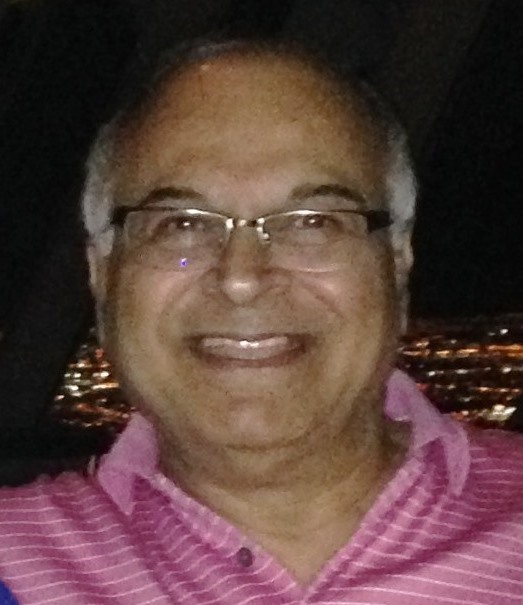Summary of Dr. Rick Strassman’s Book: DMT: The Spirit Molecule (Brain’s “Third Eye”)
Summary of Dr. Rick Strassman’s Book: DMT: The Spirit Molecule (Brain’s “Third Eye”)
Summary of Dr. Rick Strassman’s Book: DMT: The Spirit Molecule (Brain’s “Third Eye”)
Dr. Rick Strassman’s DMT: The Spirit Molecule explores the profound implications of dimethyltryptamine (DMT), a powerful psychedelic substance found naturally in the human brain and various plants. Strassman, a clinical psychiatrist, conducted groundbreaking research in the 1990s at the University of New Mexico, where he administered DMT to human volunteers under controlled conditions. His book chronicles the scientific experiments, their implications for understanding human consciousness, and the potential role DMT plays in spiritual and mystical experiences.
Overview of DMT
DMT is a naturally occurring substance that is chemically similar to serotonin, one of the brain’s key neurotransmitters. It is found in various plants and animals, including humans, and is known for producing intense psychedelic experiences when ingested or injected. Despite its presence in nature and its short-acting effects (lasting only 5–15 minutes when smoked or injected), DMT produces some of the most powerful alterations of consciousness, often described as transporting individuals to other realms or dimensions.
The Study
Strassman’s study on DMT, conducted from 1990 to 1995, was one of the first federally approved research programs into the effects of psychedelics after decades of prohibition. The book provides detailed accounts of his work with over 60 human subjects who volunteered to participate in these controlled DMT experiments. His research subjects reported a wide variety of experiences, ranging from encounters with alien-like beings to profound spiritual journeys, feelings of interconnectedness, and intense emotional responses.
Key Themes
- Psychedelics and Spiritual Experiences: Many of the participants described their DMT experiences as deeply spiritual, even though Strassman initially approached the study from a scientific and clinical perspective. The subjects reported experiences of being transported to other dimensions, encountering intelligent beings, or having visions of mystical landscapes. These experiences prompted Strassman to speculate that DMT might play a role in naturally occurring spiritual experiences, such as near-death experiences (NDEs) and mystical visions described in various religious texts.
- DMT and Human Consciousness: Strassman explores how DMT could be linked to the fundamental nature of consciousness itself. He suggests that DMT may act as a “gatekeeper” between different levels of reality or dimensions of consciousness. This theory builds on previous research suggesting that altered states of consciousness, such as dreams or psychedelic experiences, might provide insights into the deeper layers of the human mind and the nature of existence.
- The Role of the Pineal Gland: A key component of Strassman’s hypothesis is the role of the pineal gland. Often referred to as the “third eye” in spiritual traditions, the pineal gland has been suspected of playing a role in mystical experiences. Strassman speculates that the pineal gland might produce DMT naturally, particularly during certain moments in life, such as near-death experiences or intense meditation. Although there is no direct scientific evidence supporting this hypothesis, it has sparked significant interest in the potential links between the brain, DMT, and altered states of consciousness.
- Implications for Mental Health and Therapy: Strassman suggests that DMT and other psychedelics could have potential therapeutic benefits for treating mental health conditions, such as depression, PTSD, and anxiety. The intensely emotional and often cathartic experiences reported by participants in his study indicate that psychedelics might help people process trauma, confront their fears, and gain insights into their emotional states in ways that traditional psychotherapy does not always allow.
Scientific and Ethical Challenges
Throughout the book, Strassman also discusses the ethical and scientific challenges of conducting research with psychedelic substances. The controversy surrounding psychedelics in the scientific community and legal barriers made the study both risky and groundbreaking. Strassman faced skepticism from both fellow scientists and government agencies, which had long been wary of psychedelics due to their association with countercultural movements and their potential for abuse.
DMT and the Spirit Molecule Theory
Strassman’s most famous theory, and the source of the book’s title, is the “spirit molecule” hypothesis. He proposes that DMT might be a chemical key to unlocking spiritual experiences, acting as a bridge between the physical brain and metaphysical realms. While Strassman remains cautious about making definitive claims, he raises the possibility that DMT is involved in phenomena such as the soul’s journey after death, reincarnation, and the visions reported by mystics and shamans.
Reception and Influence
Since its publication, DMT: The Spirit Molecule has gained a significant following, especially among those interested in psychedelics, altered states of consciousness, and spirituality. It has contributed to the resurgence of scientific interest in psychedelics, paving the way for further studies into their potential therapeutic and consciousness-expanding properties. The book’s influence extends beyond academia, inspiring documentaries, podcasts, and public discussions about the nature of reality, consciousness, and the role psychedelics might play in human development.
Conclusion
DMT: The Spirit Molecule is both a scientific account and a philosophical exploration of one of the most potent psychedelic substances known to humanity. Dr. Rick Strassman’s research into DMT raises important questions about the nature of consciousness, the brain’s potential to access other dimensions, and the role that psychedelics could play in mental health and spiritual discovery. While the book does not provide all the answers, it opens the door to deeper inquiry into the profound mysteries of the human mind and its connection to the universe.
Top of Form
If you enjoyed this article, please share, like, and don’t forget to subscribe and leave a comment. Share this empowering article with your family, friends, and loved ones to inspire meaningful conversations and encourage personal growth in your circles.

Pervaiz “P. K.” Karim
The Calcutta Kid
https://NewsNow.wiki